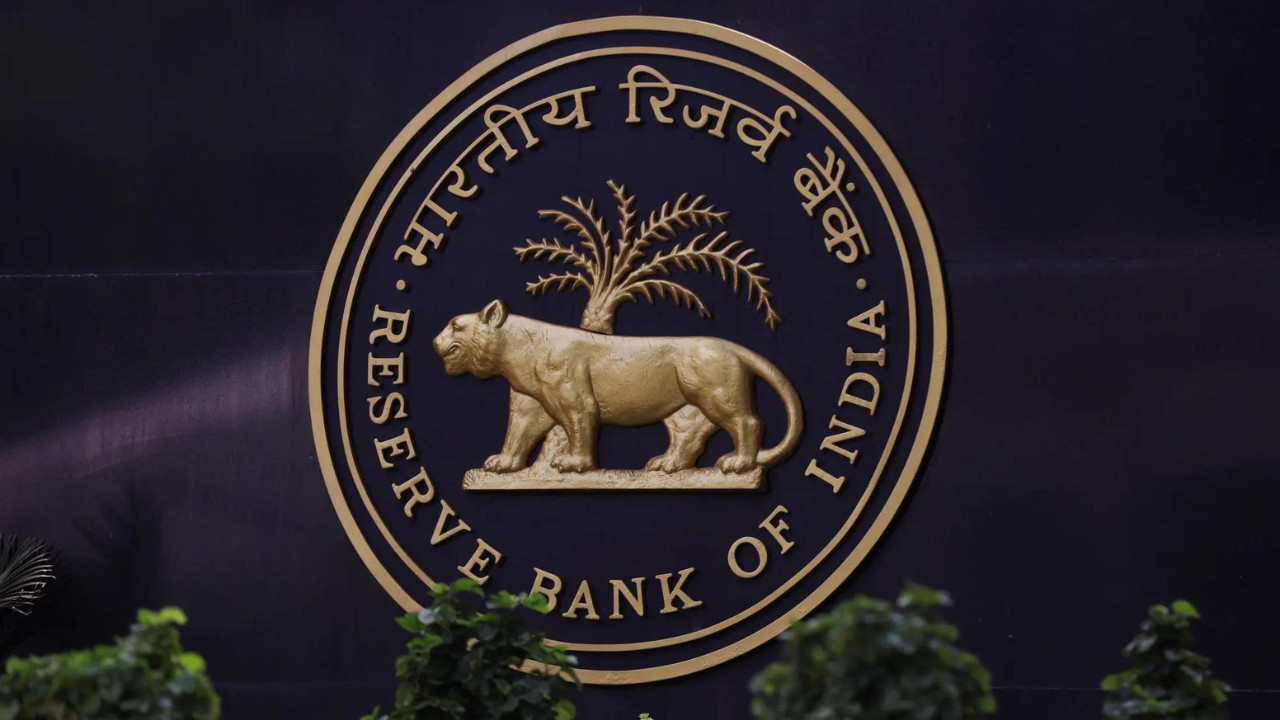Is Your 10-Minute Grocery Delivery Safe? Brands Rethink Quick Commerce
That craving hits. You need that specific brand of pasta sauce now. The siren song of 10-minute grocery delivery is powerful. But behind the speedy convenience lies a growing unease: are these breakneck delivery services cutting corners on food safety?
It’s a question increasingly on the minds of major food brands in India, who are now tightening the reins on their partnerships with quick commerce platforms. Think about it: the pressure to deliver groceries in a blink of an eye puts immense strain on every step of the process, from warehouse storage to the frantic race to your doorstep. Are we sacrificing safety for speed?
The Pressure Cooker of Quick Commerce
The allure of quick commerce is undeniable. These platforms promised – and often delivered – a revolution in grocery shopping. Need a missing ingredient mid-recipe? Forgotten milk for your morning coffee? A few taps on your phone, and it’s practically there. But this hyper-efficiency comes at a cost.
The intense competition between quick commerce players has led to a laser focus on delivery times, sometimes overshadowing crucial aspects like proper cold chain maintenance and adequate storage conditions. Food brands are starting to recognize that their reputation is on the line if these platforms aren’t adhering to the highest safety standards. After all, a spoiled product, regardless of where it was purchased, reflects poorly on the brand itself.
Brands Take Control: Prioritizing Food Safety
So, what are these brands doing? They’re taking a much closer look at the operational practices of their quick commerce partners. This isn’t just a cursory check; it’s a deep dive into warehouse conditions, temperature control measures during transit, and even the training protocols for delivery personnel. Many are implementing stricter contractual terms, mandating specific storage and handling procedures. Brands are implementing more stringent quality control measures, demanding greater accountability and transparency from the quick commerce players.

For instance, some are insisting on real-time temperature monitoring throughout the delivery process, using IoT (Internet of Things) devices to track conditions and flag any deviations from the required standards. Others are conducting unannounced audits of warehouses to ensure compliance. The name of the game is food safety, and brands are no longer willing to leave it to chance.
The Challenges of Speed: Maintaining the Cold Chain
One of the biggest challenges in quick commerce is maintaining the cold chain, especially for perishable items like dairy, meat, and frozen foods. These products require consistent refrigeration to prevent spoilage and the growth of harmful bacteria. The rapid pace of deliveries, coupled with potential delays or improper handling, can easily compromise the cold chain, leading to a higher risk of foodborne illnesses.
Imagine a delivery driver juggling multiple orders, exposed to the sweltering heat, while carrying temperature-sensitive items in a non-refrigerated bag. It’s a recipe for disaster. Brands are now demanding that quick commerce platforms invest in better infrastructure, including refrigerated vehicles and insulated packaging, to ensure that the cold chain remains intact throughout the delivery journey.
A New Era of Scrutiny: What Does This Mean for You?
This increased scrutiny from food brands is ultimately good news for consumers. It signals a shift towards a more responsible and sustainable quick commerce model. By prioritizing food safety, brands are helping to ensure that the convenience of instant delivery doesn’t come at the expense of your health and well-being.
Expect to see more stringent regulations and oversight in the quick commerce sector in the coming months. Brands might start highlighting their commitment to food safety on product packaging or through marketing campaigns, giving consumers greater confidence in their purchases. You might also see quick commerce platforms promoting their enhanced safety measures as a key differentiator.
This could also impact pricing. Enhanced food safety comes at a cost. Consumers might see slightly higher prices, but that increase could be viewed as a worthwhile investment for the assurance of quality and safety.
Ultimately, the future of quick commerce hinges on building trust with consumers. And that trust is built on a foundation of unwavering commitment to food safety. Considering the implications of AI in food production and safety is also essential for a complete view.
Conclusion:
The quick commerce landscape is evolving. Brands are taking a proactive stance to safeguard food safety by tightening terms and conditions with delivery platforms. This shift signals a more responsible approach to instant grocery delivery, potentially leading to increased consumer confidence and a more sustainable model for the industry. While challenges remain, the renewed focus on food safety is a positive step toward ensuring that convenience doesn’t compromise our health.







